Since we discussed TAG Heuer’s vintage tribute piece to the original Monaco last week, I thought it would be fitting to revisit another series that includes a direct historical homage piece. This week, it’s the Jaeger-LeCoultre Grande Reverso Ultra Thin Tribute to 1931 (Ref. 2788570), released a few years ago to an almost overwhelmingly positive reception.
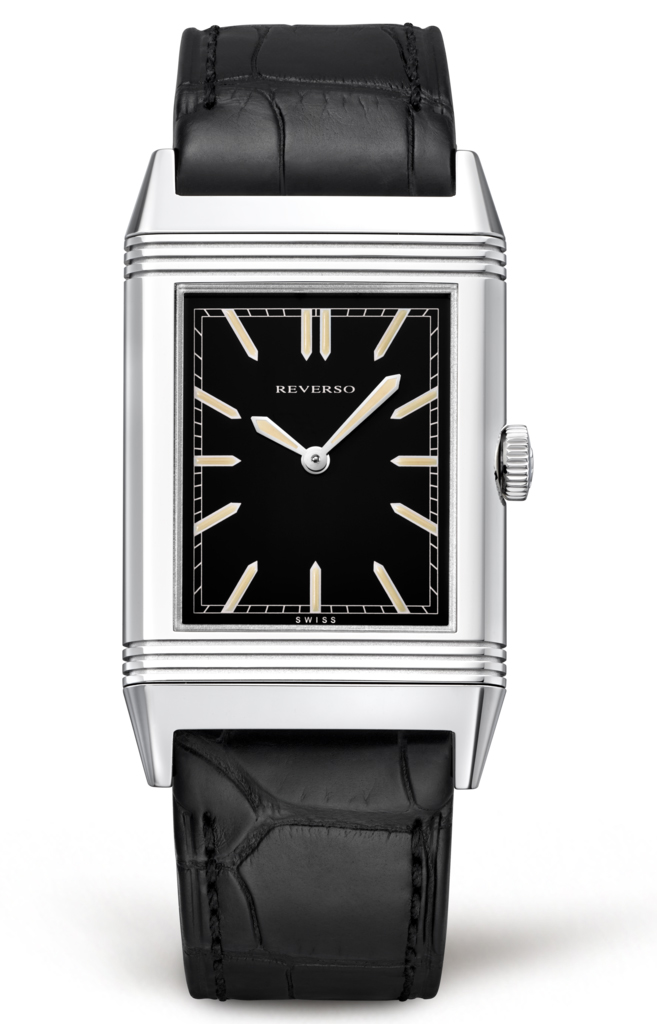
For those unfamiliar with the Reverso, or the significance of year 1931: the watch was originally developed in the Tribute’s namesake year for British Army polo players stationed in India (a photo of the vintage model appears below). These service members wanted a watch that would be better able to withstand the rigors of their sport, and, luckily, JLC was listening to their concerns. The result is considered by some to be the world’s very first sports watch. Made of steel, able to reverse its case to protect the dial and crystal, with its unmistakable rectangular case strapped tight to the wrist, the original Reverso was quick to earn the praise of the horological world. In modern times — in which it is much more often worn as a dress watch than for playing polo — it has maintained a strong following, and is considered one of the most iconic timepieces on the market. This is why the release of the Tribute piece garnered so much praise: an homage to one of the original icons of watchmaking is a rarity indeed, but, fortunately for us, JLC delivered.
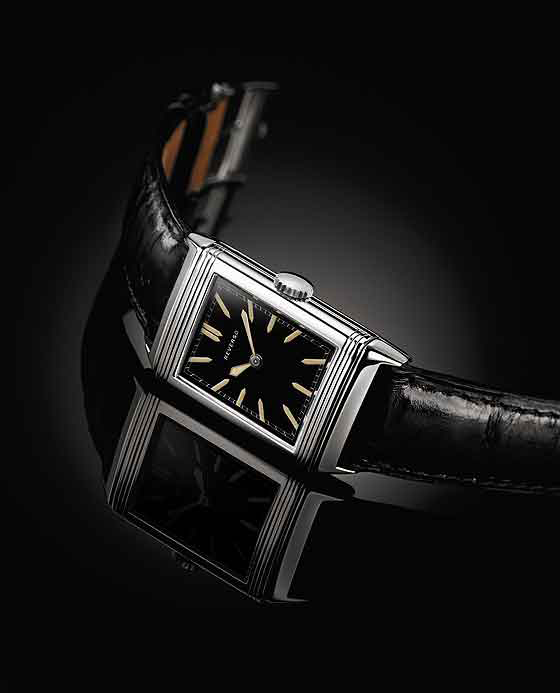
The Tribute to 1931 hosts a variety of characteristics very similar to those of the original piece, as its name would suggest. With a 46.8 mm x 27.4 mm, swiveling, rectangular steel case, the watch is slim in diameter and thickness, but still sits long on the wrist. On the black dial is a rectangular minute ring with aged-looking hour markers, unique to the Reverso collection, applied throughout, with a double mark at the 12 o’clock position. The watch uses aged-looking baton hands to tell the time, and noticeably does not use a seconds hand. Powering the piece is the manually-wound Jaeger-LeCoultre Caliber 822, a rare ovular-shaped movement developed to accommodate the rectangular shape of the case, and one that features a solid 45-hour power reserve. While it’s been on sale for a few years now, this particular Reverso can be found at various dealers for around $6,500.
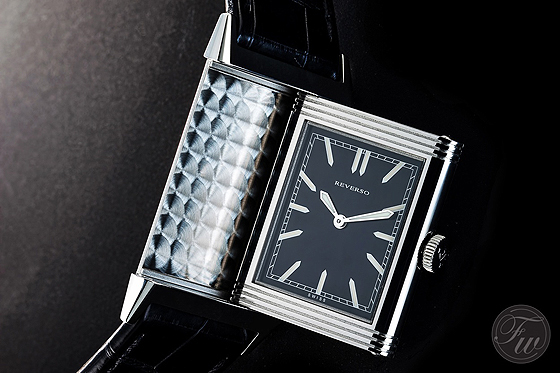
Comparing the modern watch to the original, it is evident that Jaeger-LeCoultre — very successfully — set out to develop an honorable tribute to the 1931 icon. From the proportions of the Art Deco reversing case, to the baton hands and hour markers, the modern watch captures the essential elements of the vintage watch. Overall, there are few major aesthetic changes on the contemporary piece compared to its historical predecessor, and I think this speaks volumes to the strict guidelines JLC seems to impose upon itself while it is producing historical re-creations. Perhaps the best example is the restraint the brand showed in not imposing a sapphire caseback onto the reverse side of the case — a feature that, if added, might have seriously damaged the credibility of the piece as a re-edition of an original sports watch.

Of course, there are still some changes, however subtle they may be. As should go without saying, the overall quality of the materials and finishing practices are up to a modern standard. But also worth noting is the reversing mechanism on the modern watch, which is fluid and flawless — a claim that could not have always been made of the original 1931 Reverso case’s mechanism, which was rumored to occasionally get stuck mid-reverse. Some other interesting changes are in the impressive ultra-thin caliber (above) produced by JLC specifically for this piece, along with the very slightly altered “REVERSO” logo that appears more cleanly applied than in vintage examples. The only “major” aesthetic change, if it can even be dubbed this, is in the addition of the Jaeger-LeCoultre logo to the more integrated crown — but I’m sure you will find few, even among the most ardent of vintage-watch purists, who would complain about the world knowing their watch is a Jaeger-LeCoultre.
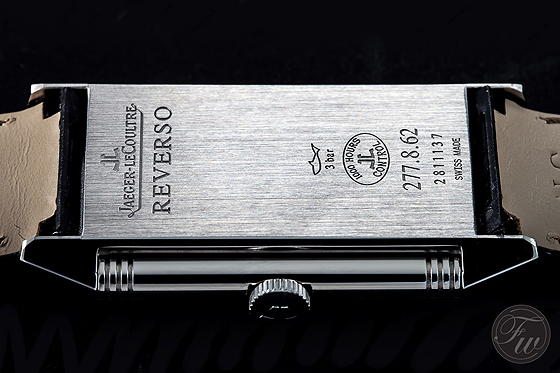
There is a reason why JLC is favored among so many watch enthusiasts, myself included, and the Reverso Tribute to 1931 is another example for why its popularity persists. With vintage looks, a solid movement, luxurious quality, and a significance to horological history few other such models can match, this Reverso exemplifies many of the elements most appreciated by this brand’s diehard fans. While it may no longer be the sports watch it was conceived to be, today the Reverso holds an ever more important position, as one of the few true icons in the industry, and this most recent iteration has solidified this position for many years to come.
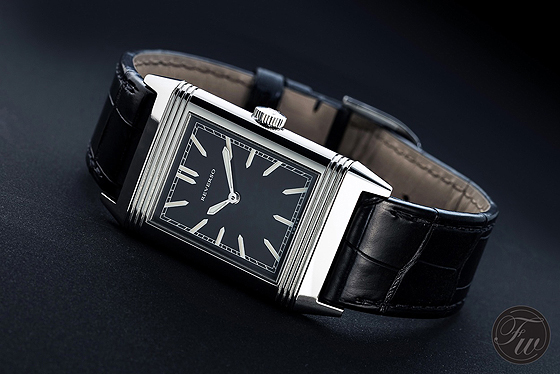
Caleb Anderson is a freelance writer with a primary focus on vintage watches. Since first learning about horology, he has garnered extensive knowledge in the field, and spends much of his time sharing his opinions among other writers, collectors, and dealers. Currently located near New York City, he is a persistent student in all things historical, a writer on many topics, and a casual runner.

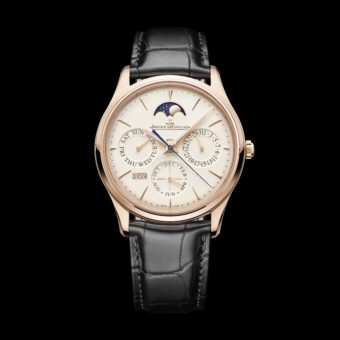
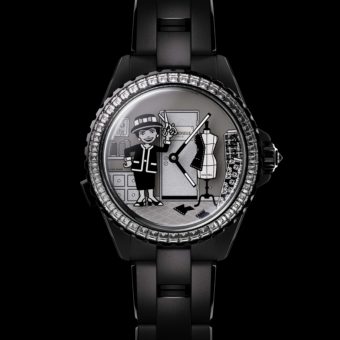
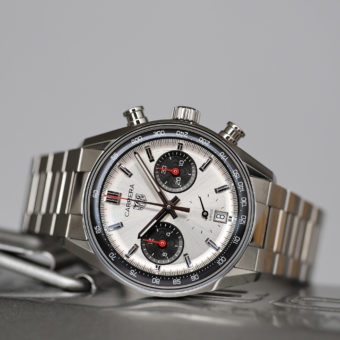
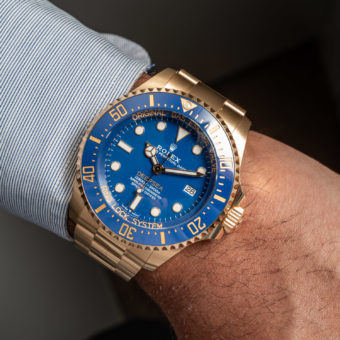
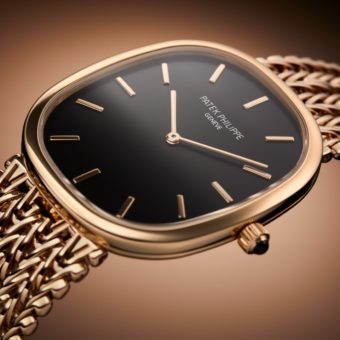
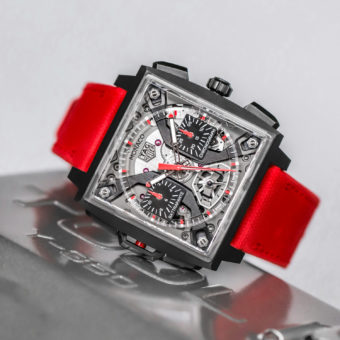
Great article. What are your thoughts on the JLC ultra thin master perpetual?